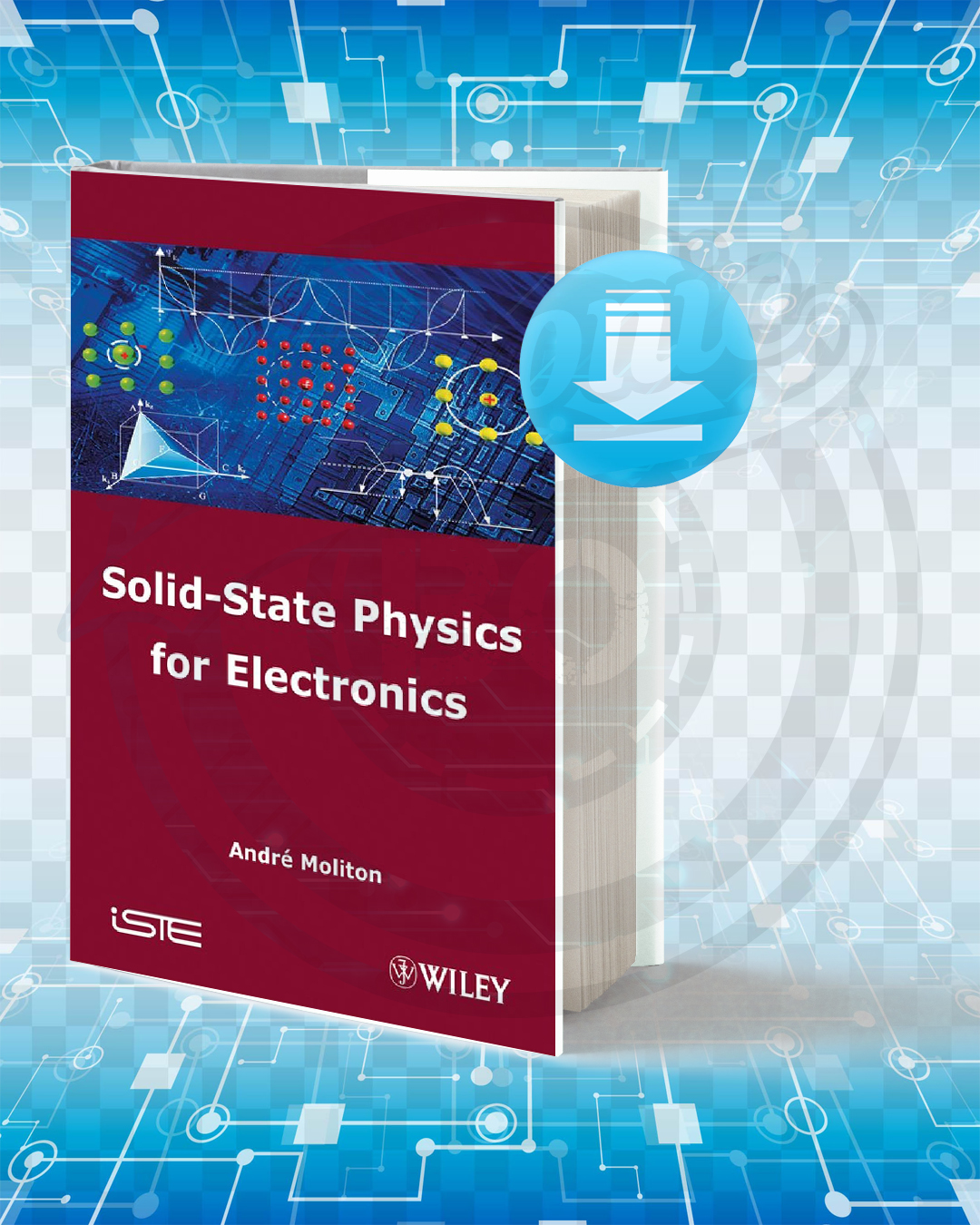

They noticed that the deposition of CsI layer over CuI resulted in the formation of a blue light-emitting thin film of Cs 3Cu 2I 5, which is the equilibrium phase under this thickness ratio condition. Interestingly, the researchers found that the order in which the layers were deposited affected the formed crystalline phases. The two films were then allowed to react at room temperature to form transparent and highly smooth films with a high optical transmittance (T) of 92%. Building on this insight, they deposited thin films of CuI and CsI onto a silica substrate by evaporating them in a vacuum chamber. In an earlier experimental finding, the team had discovered that cesium iodide (CsI) and copper iodide (CuI) powders can react even at room temperature to form Cs 3Cu 2I 5. The study was led by researchers from Tokyo Institute of Technology (Tokyo Tech), including Professor Hideo Hosono as the corresponding author and Specially Appointed Assistant Professor Masatake Tsuji as the first author. Now, a study published in the Journal of the American Chemical Society has addressed this issue by proposing an innovative method for producing high-quality thin films of Cs 3Cu 2I 5.

However, the thin films of CCI do not meet the required quality standards, hindering their performance improvement for advanced stacking applications. CCI is an efficient blue light-emitting material that can convert almost all the absorbed energy into detectable light, making them ideal for use in deep-UV photodetectors and γ-ray scintillators for detecting ionizing radiation, such as gamma or X-rays.


 0 kommentar(er)
0 kommentar(er)
